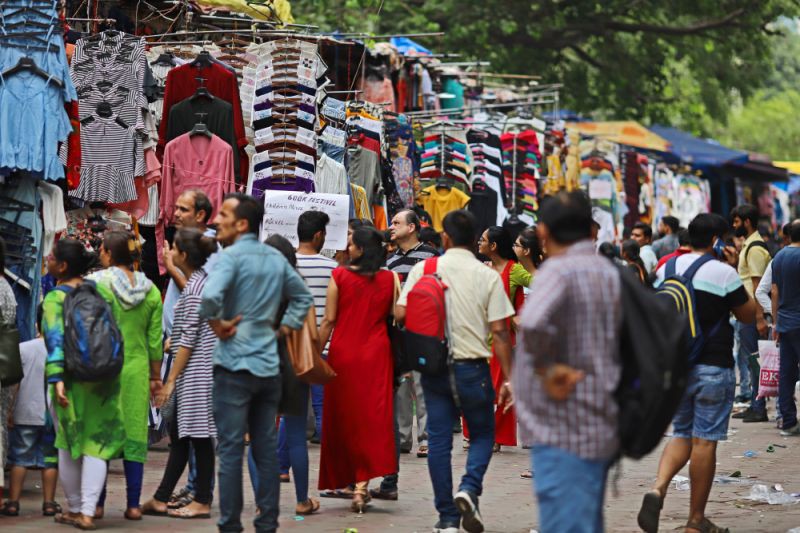
Country's prolonged consumption slowdown and a deteriorating global environment are delaying a recovery in Asia's third-largest economy, nudging its government into action to supplement the central bank's monetary stimulus.
In a spate of announcements within the space of a week, the government eased foreign investment rules, gave concessions on vehicle purchases and encouraged banks to make loans cheaper to spur growth from a five-year low. It also secured more fiscal space to stimulate the economy with a windfall from the central bank in excess of $24 billion.
Data due Friday is expected to show gross domestic product growth slowed for a fifth straight quarter to 5.7 per cent in the three months ended June. That's slower than the 5.8 per cent expansion in the previous quarter.
While the slowdown last quarter reflects, for the most part, a slump in investment before the election, high-frequency indicators since then suggest the economy's lack of momentum has persisted.
Finance Minister Nirmala Sitharaman is still considering whether to use the windfall from the central bank to cut borrowings or boost spending. The other measures announced so far, like the easing of foreign investment rules, will also do little to boost consumer demand in the near term.
"Since the major contributors to the economy's investment pie are households and private corporations, their spending hold the key for reviving broad-based investment activity in the economy," said Sunil Kumar Sinha, principal economist at India Ratings and Research, the local arm of Fitch Ratings.
Unemployment is at a 45-year high, car sales have slumped the most in almost two decades in July and infrastructure output grew at the slowest pace in more than four years.
The Reserve Bank of India has already cut interest rates by 110 basis points this year to the lowest in nine years to boost loans and revive investment, while signaling it's ready to do more. It has been pumping in liquidity to tide over a cash crunch in the banking sector.


.jpeg)

